Since I can remember, I have been a visual learner. I retain information best when ideas are illustrated with bold colors and organized with logical shapes. One day, needing more space than an 8.5 x 11 sheet of paper, I covered my bathroom mirror with multicolored Expo markers.
The method worked. After making the processes of photosynthesis and cellular respiration come to life on my mirror, I aced my biology test the next day.
I soon got tired of scrubbing smudge stains off my mirror and decided to replace that with a more long-term alternative.
Now, in the center of my room lies a giant whiteboard.
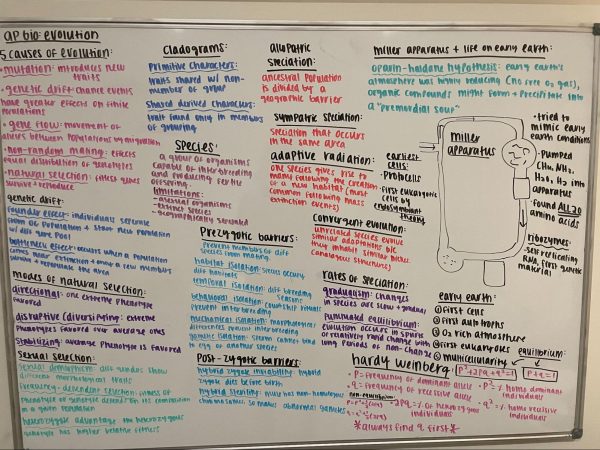
I accredit every academic success I’ve ever had to this board. After years of struggling to find a study method that would help me best retain information, I now use my board to study for every quiz, exam, or test.
I’d love to think that my board has a special power, but in reality, I’m not the only one who prefers vivid colors of dry-erase markers over 3×5 notecards and quizlets. A study conducted on college students studying physiology found that when whiteboarding was incorporated into lectures, students demonstrated a better understanding of the concepts and achieved higher overall grades in the class.
The physiology study also examined how effective whiteboarding was for students examining mathematical formulas. Students who used whiteboards to explore these formulas outperformed those who did not use whiteboards, consistent with the results of the physiology students.
While my whiteboarding journey began in AP Biology, I have since found the board useful for every subject ranging from math to history. While the way I utilize the board varies depending on the subject, the results are consistent: my academic performance improves when I map out challenging concepts on my board.
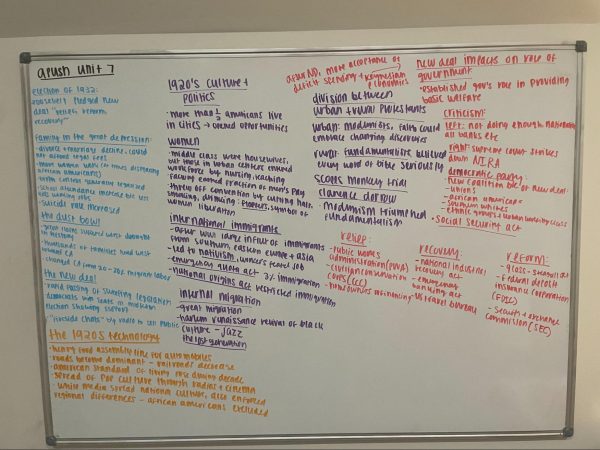
Using a whiteboard is especially effective in that it engages the body and the brain in the learning process, ultimately yielding higher rates of memorization and understanding.
Because my whiteboard is mounted to my wall, I have to physically stand up and move around in order to write on it. Merely the act of moving while writing has been proven to increase alertness and trigger memory.
While activity has positive effects on memory, the act of writing on a whiteboard engages multiple senses that also work to increase productivity. Whiteboarding engages our visual and motor systems, each of which have neural networks that have their own memory systems.
Furthermore, Engaging both sides of the brain helps an individual perform better on a given task. The left side of the brain is associated with logical, analytical, and factual thinking while the right side of the brain is associated with artistic expression and creativity. Whiteboarding provides a unique opportunity to present factual information (associated with the left side of the brain) in a way that engages the artistic and creative parts of the right-side brain. By effectively engaging both the right and left sides, the brain can create connections between topics and can store information more efficiently.
While many overlook the benefits of color coding, color has actually been found to increase levels of memorization. By explaining different topics in varying colors on my board, I am increasing the amount of content I remember and I am allowing my brain to make connections between topics. At the end of the day, I am glad I invested in a 24-pack of rainbow Expo markers.
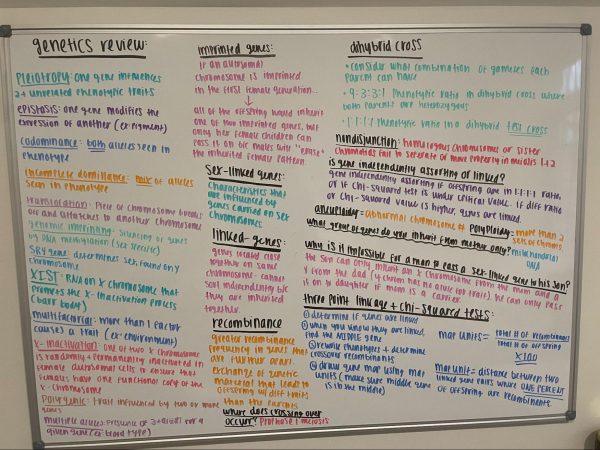
I’ve also noticed that I’m not the only one who appreciates the benefits of using whiteboards to study; many of my classmates have whiteboards of their own. In fact, many of my classmates and I share images of our boards with each other before tests to compare content. The board doesn’t only have an aesthetic appeal, but also the act of writing content on its surface is scientifically proven to help retain memory.
If you have some extra space on your bedroom wall, consider investing in a giant whiteboard!

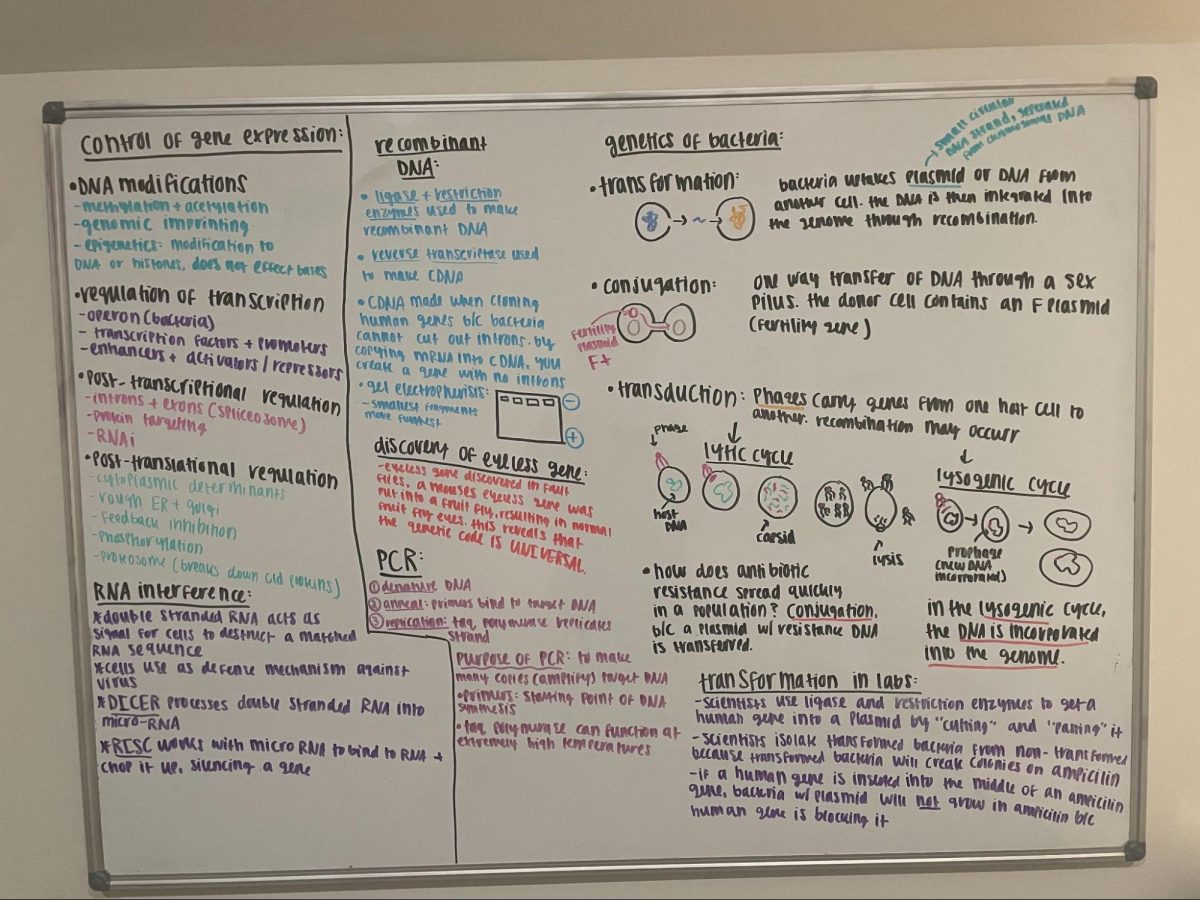
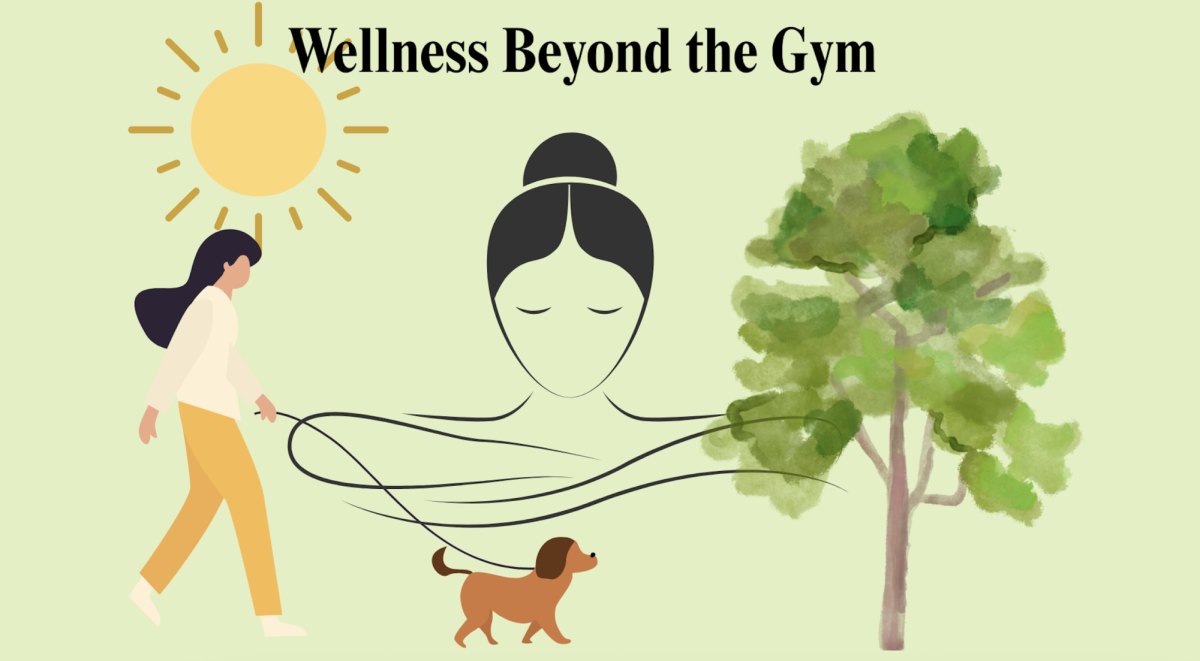


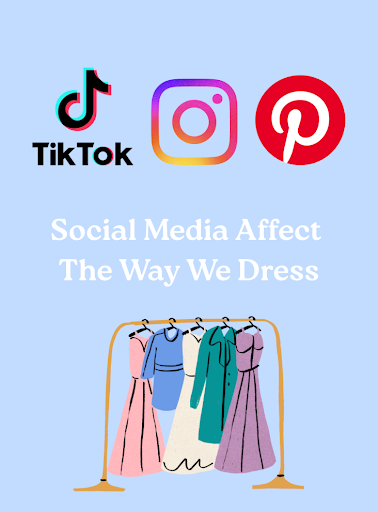



Paige • Oct 17, 2023 at 12:35 pm
Yes, Emma! I think everyone should try whiteboarding; it really is the secret to success!